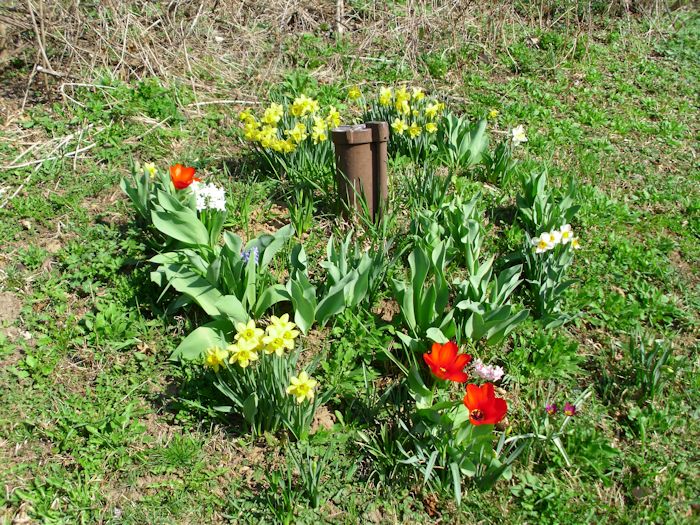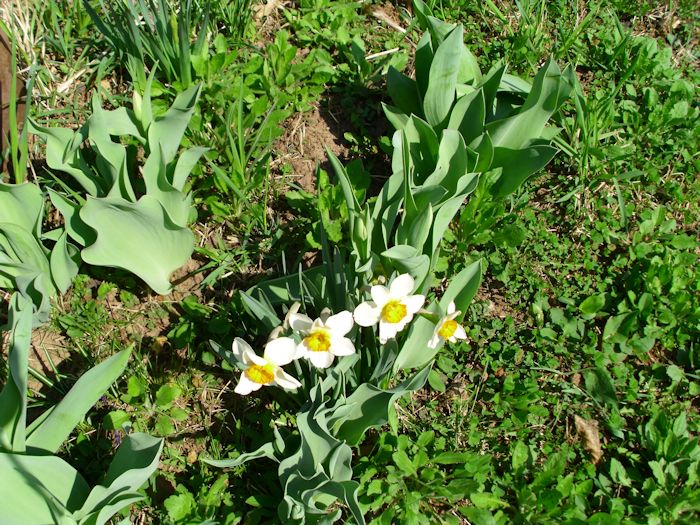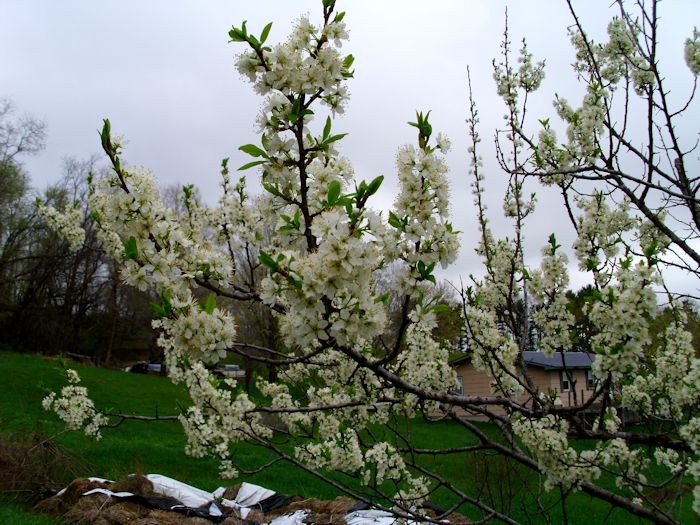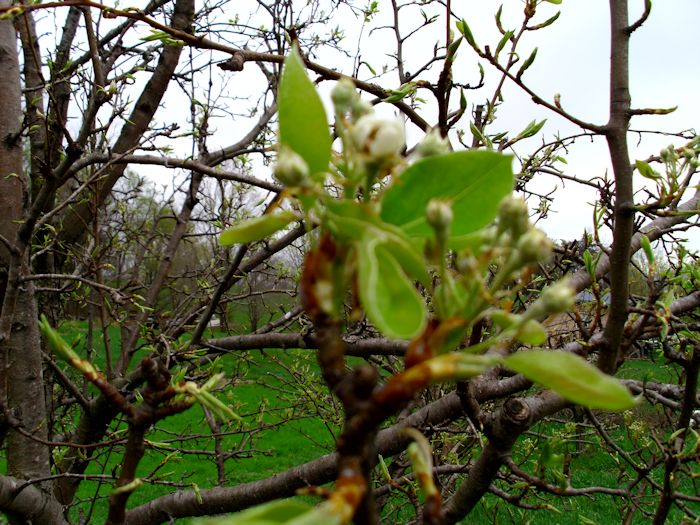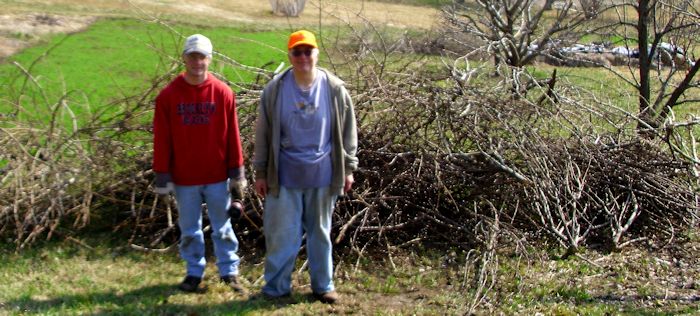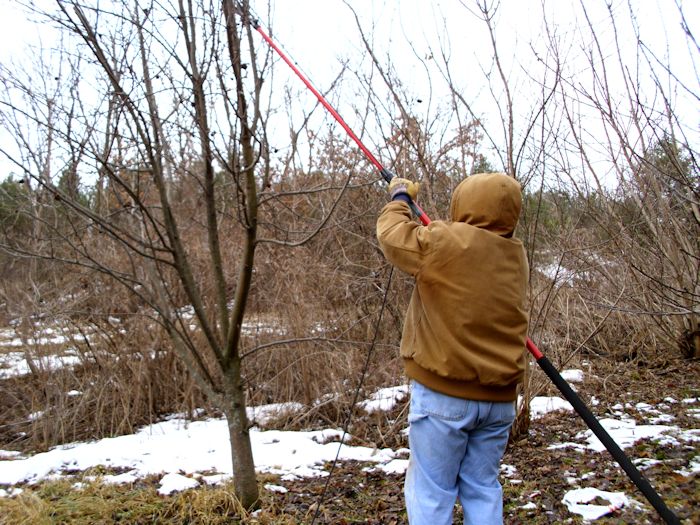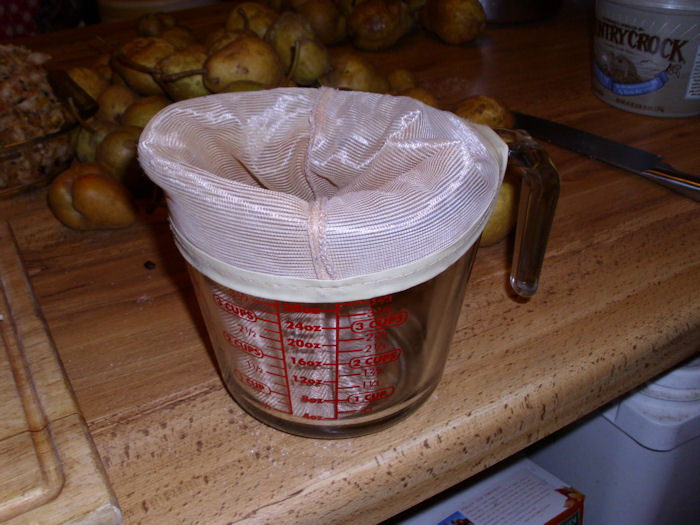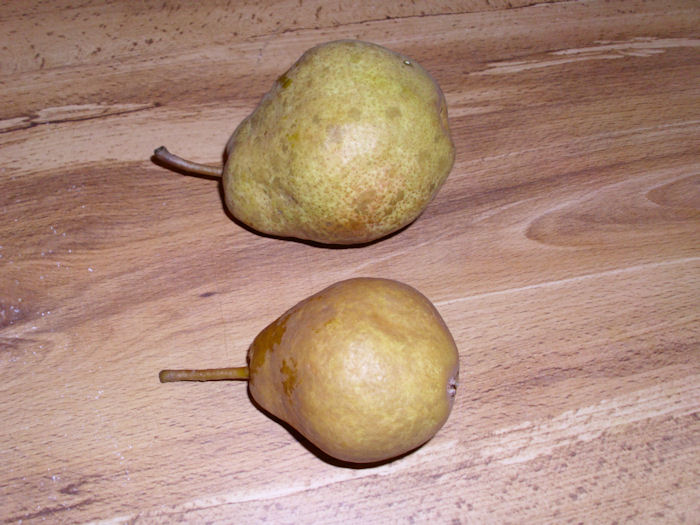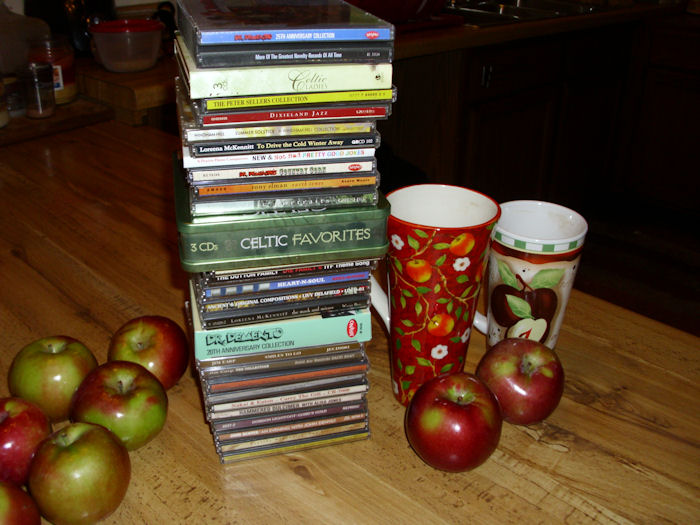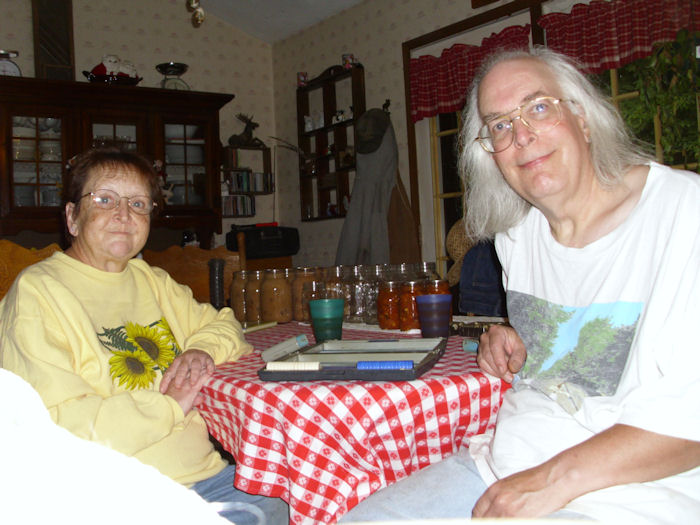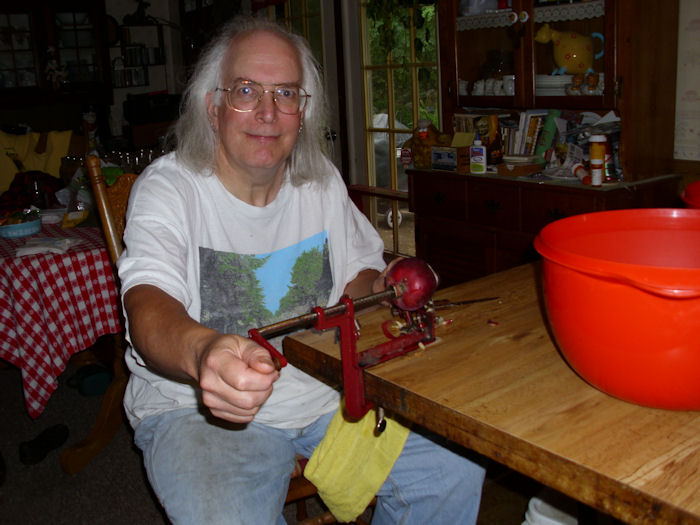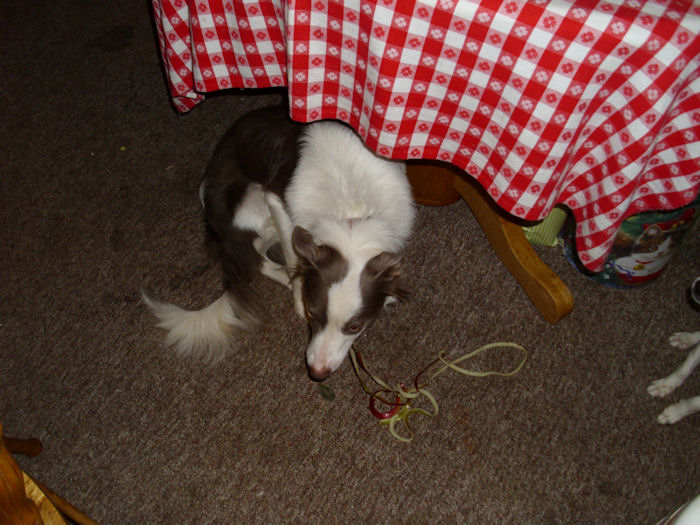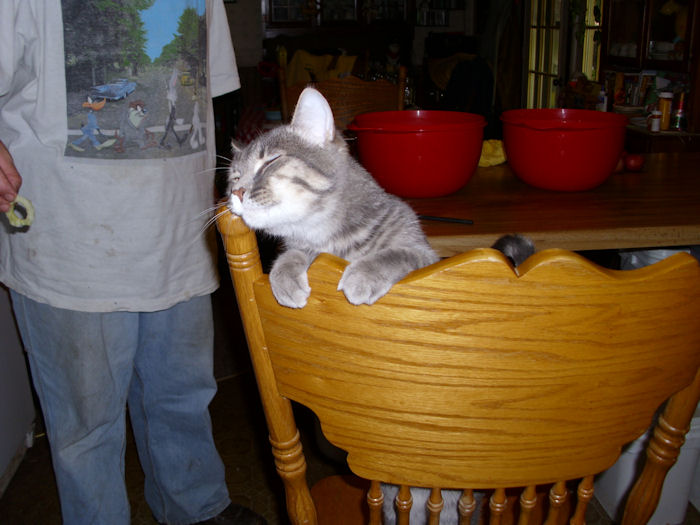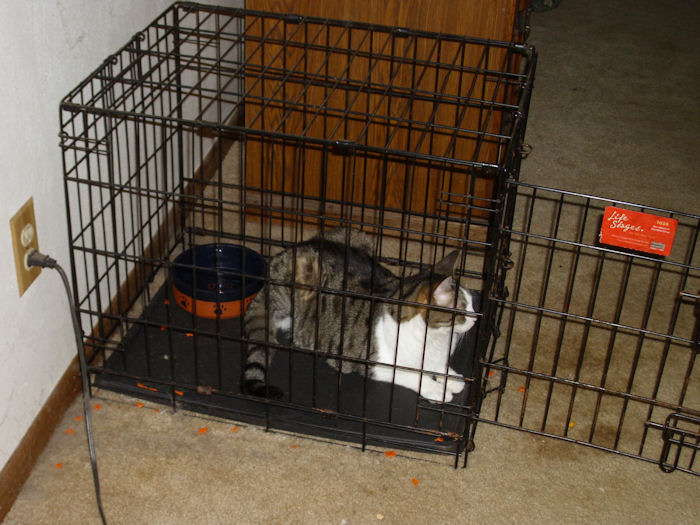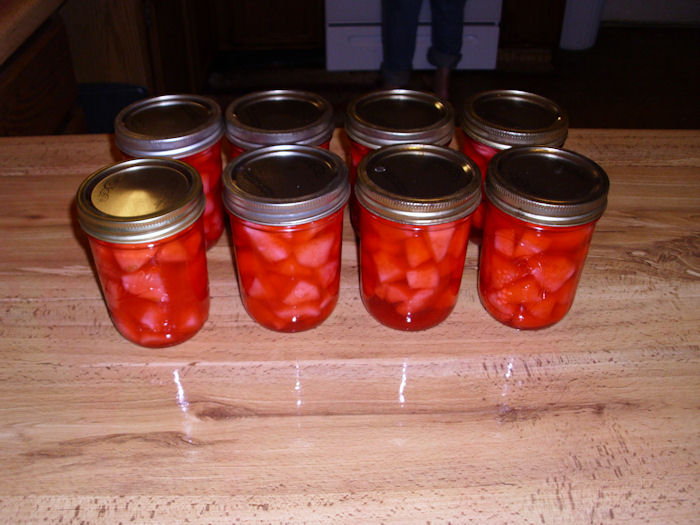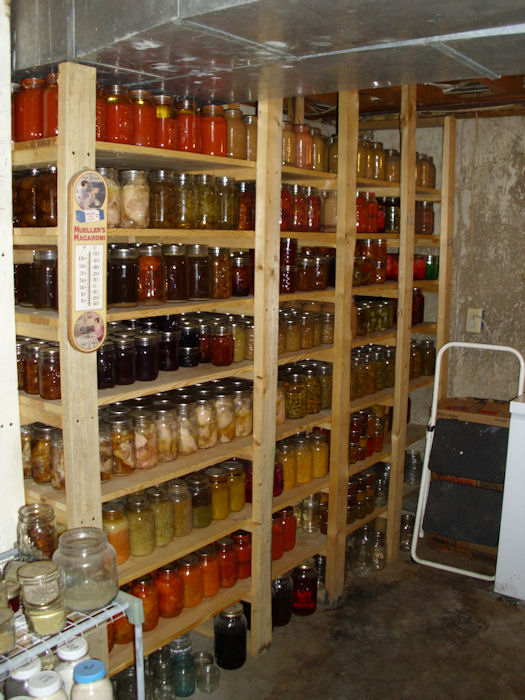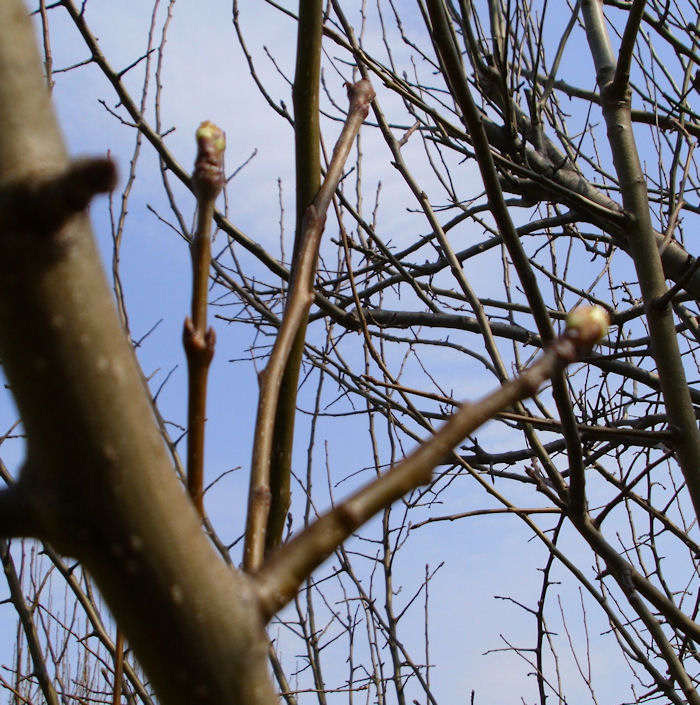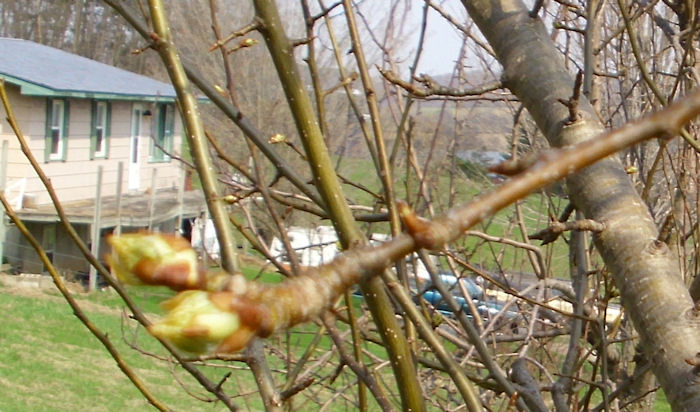Last year I told you about some of the things we do for Harvest Festival in Fun is Where You Find It! (Part 3) post. Of course, every year has some similarities. There is the special music and it wouldn’t be Harvest Festival without a few games. Apple cider is always part of our celebration, along with plenty of samples from the garden. Our “kids” (the animals we keep as pets) always play a big role in Harvest Festival too.
As with everything else, this year’s Harvest Festival is a bit different. For one thing, our fruit trees didn’t produce anything. Things started off badly with an early spring that saw the trees bloom well before they should have. A late frost killed off a lot of the blossoms before the pollinators were even out to pollinate them. After that, some heavy winds knocked off a few more blooms. The fruit that did manage to set was killed off during this summer’s drought (we couldn’t even attempt to water all our trees). The result is that we ended up buying two bushels of apples so that Rebecca could make me some apple chips. I know that buying the apples by the bushel was a lot less expensive than buying them in the store, but even so, I wish we hadn’t had to do so.
Nothing goes to waste when we work with items from the garden. Of course, I use one of the apple peelers that produce the really long strands of apple peels. This year is the first time that we’ve had laying hens, so I was curious to see what they would make of the apple peels. They didn’t disappoint. One hen would grab an end of a peel and fly up to the nest box, while another would grab the other end to try and get the peel from the first hen. The two would then play this silly looking game of tug of war, even though there were lots of peels in the dishes. Both chickens just insisted that they really must have that single peel. By the time the chickens had played with the peels for a while, we had apples strung between the windows, rafters, nest box, and the dishes. It looked like some sort of crazy spider web created by a demented spider. By morning, all of the apple peels were gone, which also surprised me considering I had peeled 30 apples to get them. The chickens certainly like fresh fruit.
We don’t just process fruit during Harvest Festival. Our friends offered us some tomatoes and we gratefully accepted them considering our own tomatoes have had an anemic output this year. Rebecca turned the first bushel into salsa, catchup, and a canned salad. We hope to get two additional bushels for juice, whole canned tomatoes, and a bit for wine making. A lot of people enjoy my tomato wine.
It looks like this is going to be a stellar squash year. We have squash vines growing everywhere. Normally, the vines stay within the 40′ × 60′ area as long as we redirect them a bit. This year we have vines trying to grow into the grass and along the rows. There is a squash plant vying for space in one of the tomato cages and slowly edging the tomato out. I saw one trying to grow up the side of an eggplant and another is heading toward our okra. A vine that might normally produce three really nice squash has produced five, six, or possibly more (it’s such a mess out there that I’m having a hard time counting them all). Rebecca has also made all of the zucchini chips we need for the year. (See the Making Use of Those Oversized Zucchinis post for details.)
As I’ve always said, there is something interesting going on with each year. We never get bored here. One of the rewards of being self-sufficient is that you do see the changes wrought by the weather. What do you find exciting about the fall months of the year? Let me know at [email protected].

